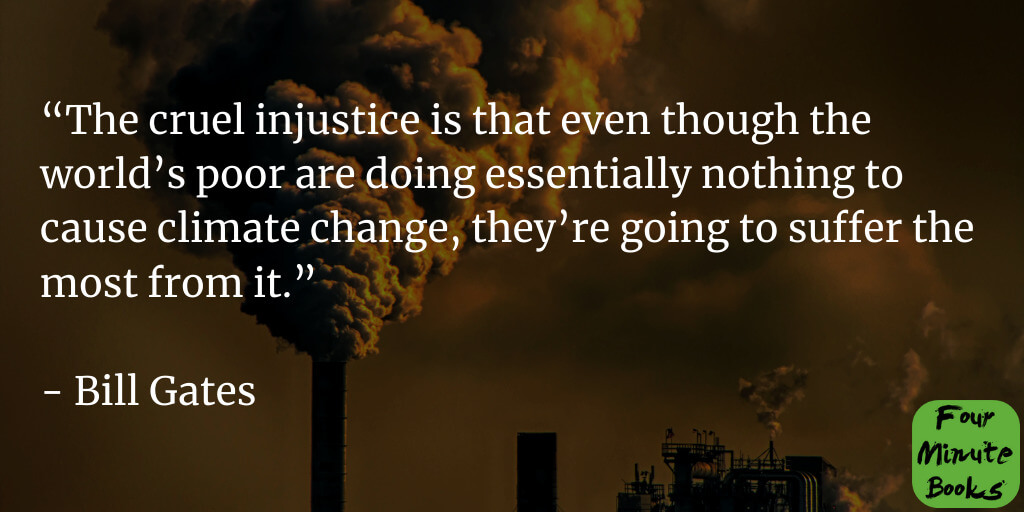



Amazon chooses a different metric to define its footprint, called “carbon intensity,” which measures the carbon dioxide equivalent associated with each dollar of Gross Merchandise Sales. The company claims to be the world’s largest buyer of renewable energy, and it set up internal targets like deploying 100,000 electric vehicles for its deliveries by 2030 and supporting carbon reducing technologies in cloud computing, but its sustainability targets have not been submitted to other umbrella organizations like the SBTi, to which it has committed in May 2020.Īmazon’s latest sustainability report, dated June 2020, offers a glimpse of the size of the carbon emission challenge the e-commerce behemoth is facing: as the company kept growing in 2019 (revenue grew 22%), so did its carbon footprint (by 15%). Amazon also set up a $2 billion Climate Fund to invest in new technologies needed to build a zero-carbon economy. The Climate Pledge, which has been signed by 104 other corporations so far, aims to achieve net zero carbon emissions by 2040. The richest person on the planet has made no shortage of pledges to tackling climate change in recent years, be it Amazon’s Climate Pledge, cofounded with the Global Optimism group, or his own Bezos Earth Fund. Amazon launched its own initiative, The Climate Pledge, with the Global Optimism group. SBTi commitment? Yes, but no targets submitted yet. Jeff Bezos (Photo by Michael Kovac/Getty Images for Moet & Chandon) Getty Images for Moet & Chandon


 0 kommentar(er)
0 kommentar(er)
